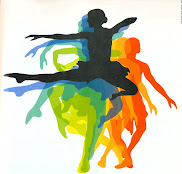The 19th Century
An art movement is a tendency or style in art with a specific common philosophy or goal, followed by a group of artists during a specific period of time, (usually a few months, years or decades) or, at least, with the heyday of the movement defined within a number of years. Art movements were especially important in modern art, when each consecutive movement was considered a new avant-garde movement. Western art had been, from the Renaissance up to the middle of the 19th century, underpinned by the logic of perspective and an attempt to reproduce an illusion of visible reality (figurative art). By the end of the 19th century many artists felt a need to create a new style which would encompass the fundamental changes taking place in technology, science and philosophy
CENTURY ART
19th century in art
MOVEMENTs NAME
The nineteenth century was a rather busy time in the world. It saw the rise of the British Imperial Empire; the newly formed United States was just one of the British settlements that began developing in this century, with many others springing up on other continents. Invention and discovery swelled as the byproducts of the previous century’s age of enlightenment, and resulted in the urbanization that took place. With everything that was going on in the world, it makes sense that so many different types of art were gaining momentum. Three of the major art movements of this period were Neoclassicism, Romanticism, and Impressionism.
Romanticism
Impressionism
Post-Impressionism
Expressionism
Luminism
Naturalism
Neo Classicism
Synthetism
Symbolism
Art Nouveau

Comments
Post a Comment